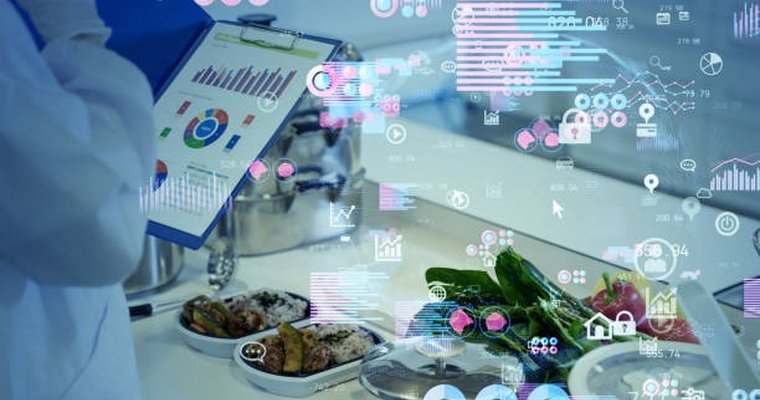In 2019, restauranteur Dan Burkhard co-created Menu, a digital platform to help restaurants increase sales. In this interview with Digital Signage Today, Burkhard gave his tips on how restaurants can collect, store and use data to make customers happier and boost sales.
 Restaurants can leverage data to find ways to improve their business model, according to Burkhard. Photo: iStock
Restaurants can leverage data to find ways to improve their business model, according to Burkhard. Photo: iStock
Business owner Dan Burkard, co-founder of Menu a few years ago, a digital platform helping restaurants boost sales using photos and digital menus. The backend of the platform allows restaurants to make updates to their menu from one screen with minimal clicks.
«A lot of data analysis isn’t actually analyzing the data itself. In order to start analyzing data and putting it to work for your restaurant, you need to understand what you want to achieve with your data, understand where you are getting your data from, and understand if your data is standardized,» Burkhard said in an email to Digital Signage Today. «Once you have your systems in place, then you can begin to put your data into action.»
Burkhard shared a some best practices on how to get the most out of data in restaurants in an interview with DST.
Q: What is the first step in analyzing data operations at a restaurant?
A: Create goals for what you want to achieve with your data. This will determine the type of data and data sources you need.
Q: Does it makes sense to review what data you currently have available?
A: Yes, for sure. Chances are, you probably have a lot of systems in place to collect data towards your goals, you just might not know it. If you are looking to use your data to create a new menu, sales trends of existing items through your POS or online reviews from sites that mention specific dishes are great sources. If you are looking to use your data to open in a new neighborhood, demographic data from your social media channels and website would be great indicators to help determine if you’d be a good fit.
Q: How can a restaurant manager set up operations to collect data?
A: Collect as much useful data as possible. There are two key data sources I’ve seen many restaurants miss out on. Google Analytics: good for understanding your website traffic. Text-based marketing: good for being able to reach your guests directly via text message.
Q: OK, so once you collect the data, how do you organize it?
A: Standardize the data you are collecting. Unfortunately, much of the data restaurants have access to is currently siloed and not standardized. In order to make sense of your data, it needs to be standardized and in one place. There are high-powered tools available to help do this, but I’m a fan of using a Google Doc or Google Sheet (which is free!) to organize everything. It can be shared and edited by any member of your team to whom you provide access.
Q: So, now that we have data collected and standardized, what is the next step?
A:Put your data into action. Now that you know what your goals are and the data you need to work towards them is organized, you can start to put them into action. I always recommend monitoring your progress towards the goal. You may have to pivot based on the information you have and real-time results you are seeing through your data.

